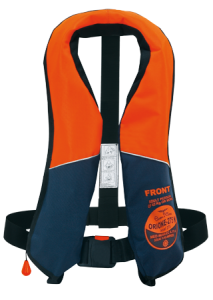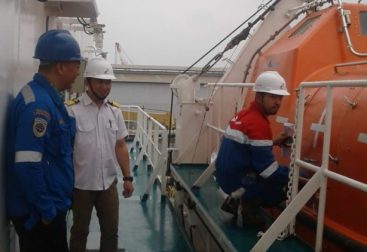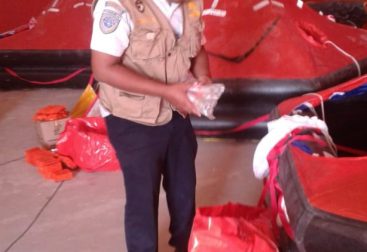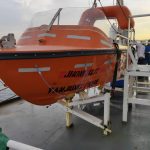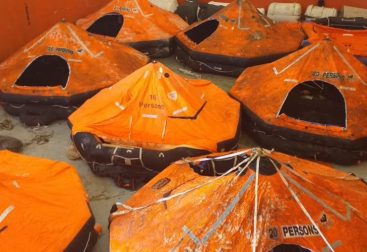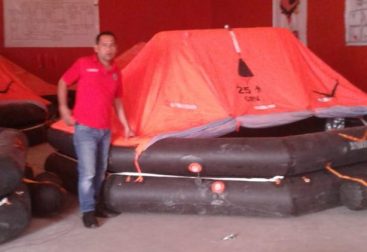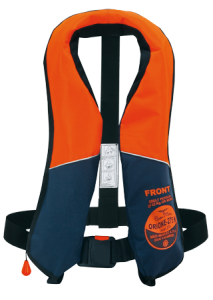
Lifejackets are an essential personal safety item for all sailors whether you are sailing a yacht offshore, cruising the coastline or heading out into the bay in a dinghy.
There are a wide variety of lifevests on the market from which to choose and the type of sailing or boating you are doing will affect your selection.
Questions to ask when choosing a life vest:
- Do you need it to inflate automatically or would a manual pull mechanism be more suitable ?
- Do you need a harness attachment so that you can clip a safety line onto your lifejacket and attach your self to the yacht ?
- How much buoyancy do you require ?
- Which added features do you need ?
Co2 lifejackets are inflated by means of a suitable size gas canister which propels the air into the lifejacket lung. All CO2 lifejackets have a back up tube for oral inflation (and deflation)
Manual Lifejackets – are designed to be inflated manually when required – the inflation is initiated by a sharp tug on the cord provided – pulling on the cord activates a firing pin which pierces the head of the pressurised canister and inflates the lifejacket by propelling the CO2 gas into the lung.
Automatic lifejackets are designed to inflate when you fall in the water.
There are two types of automatic sensor: Salt sensitive and Hydrostatic.
Salt Tablet – When the salt dissolves in water, a spring loaded pin is fired into the gas canister head which inflates the lifejacket. Salt tablet firing systems may very occasionally be set off while still onboard if the lifejacket is heavily doused in water.
Salt sensitive automatic recharging modules are manufactured by United Mouldings (UM) or Halkey Roberts (HR)
Hydrostatic – The firing pin is activated by hydrostatic pressure. A hydrostatic sensor detects when it is submerged in water and will therefore not go off accidentally if it is simply wet.
Hydrostaic recharging modules are manufactured by Hammar.
Both automatic options have a manual override too.
Manual lifejackets are more commonly used aboard motor boats.
Automatic lifejackets are suited to yachts where the risk of being knocked out during a man overboard situation is increased.
Lifejackets with Integral Harness
If you require a harness attachment, the fastening buckle on the lifejacket will be different from the standard male/female clip that is used on a lifejacket without harness attachment.
This is because the attachment needs to be weight bearing. In most cases it means that the lifejacket is more expensive.
Safety harnesses are most commonly required on sailboats.
These allow sailors to clip onto a jackstay or strong point with a safety line or tether and keep them from falling overboard.
Most motor boats do not have jackstays fitted.

